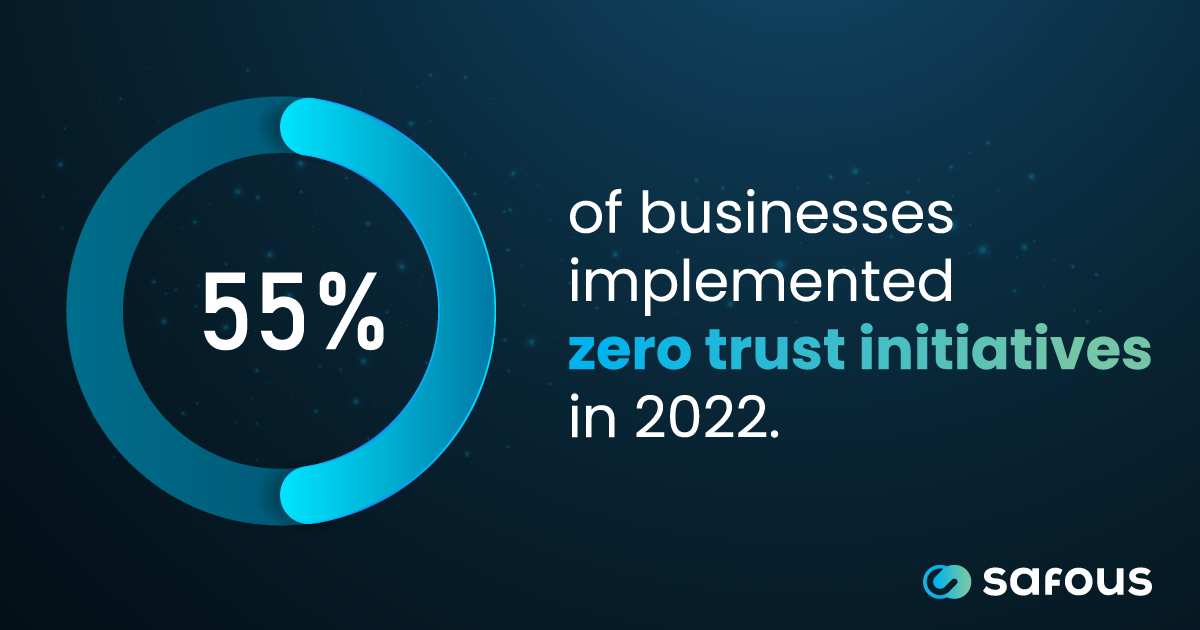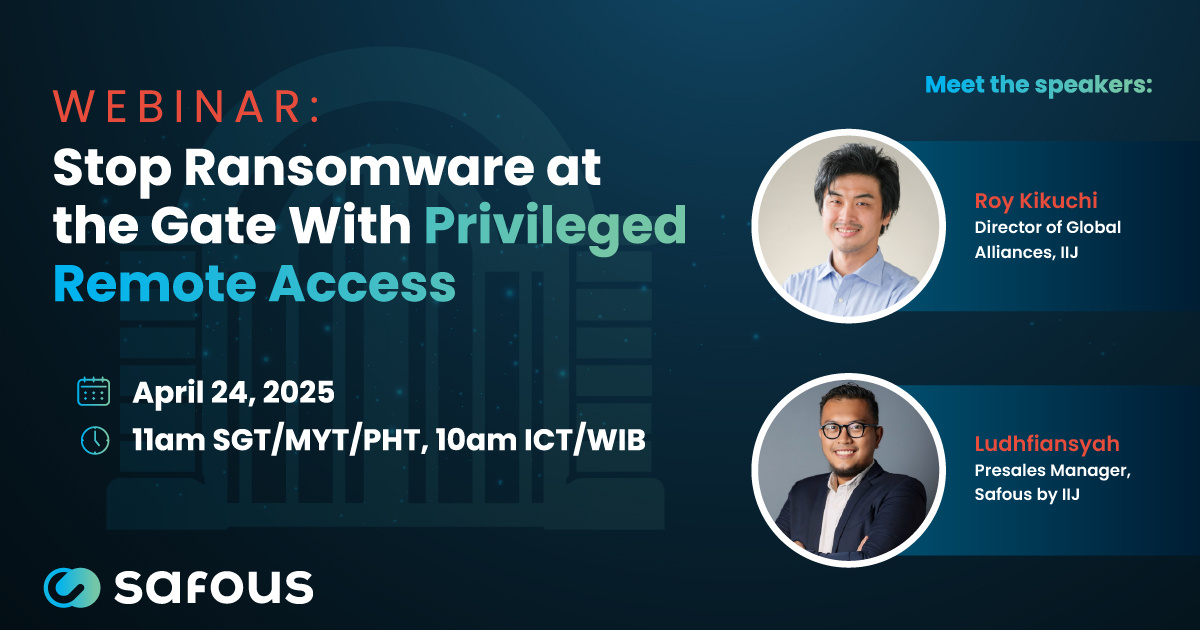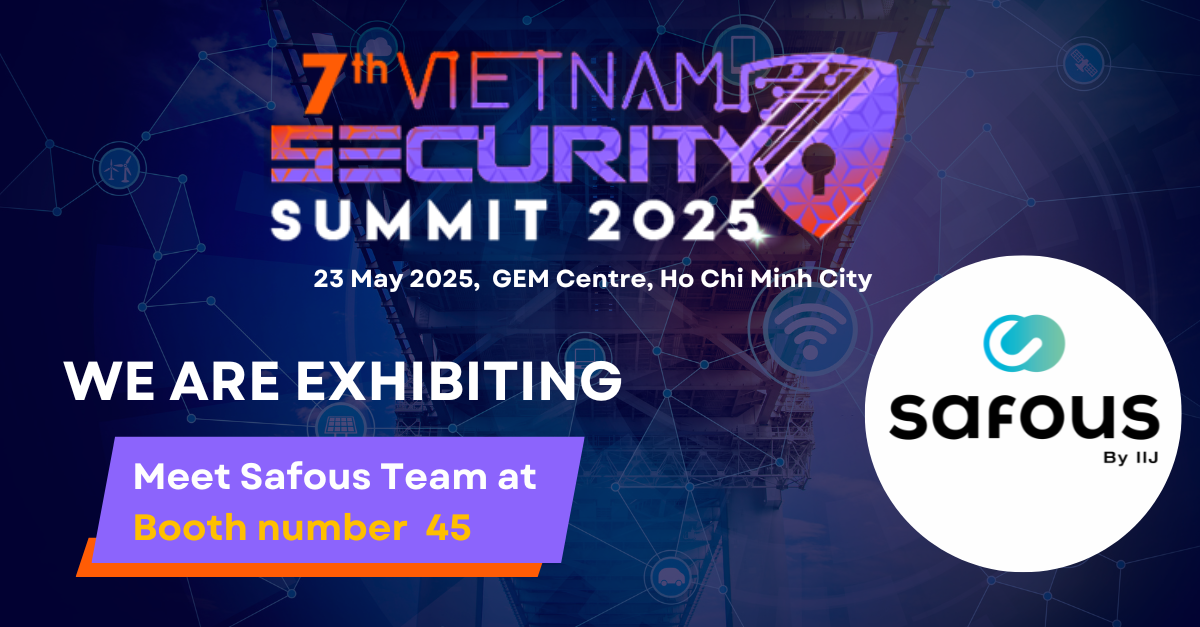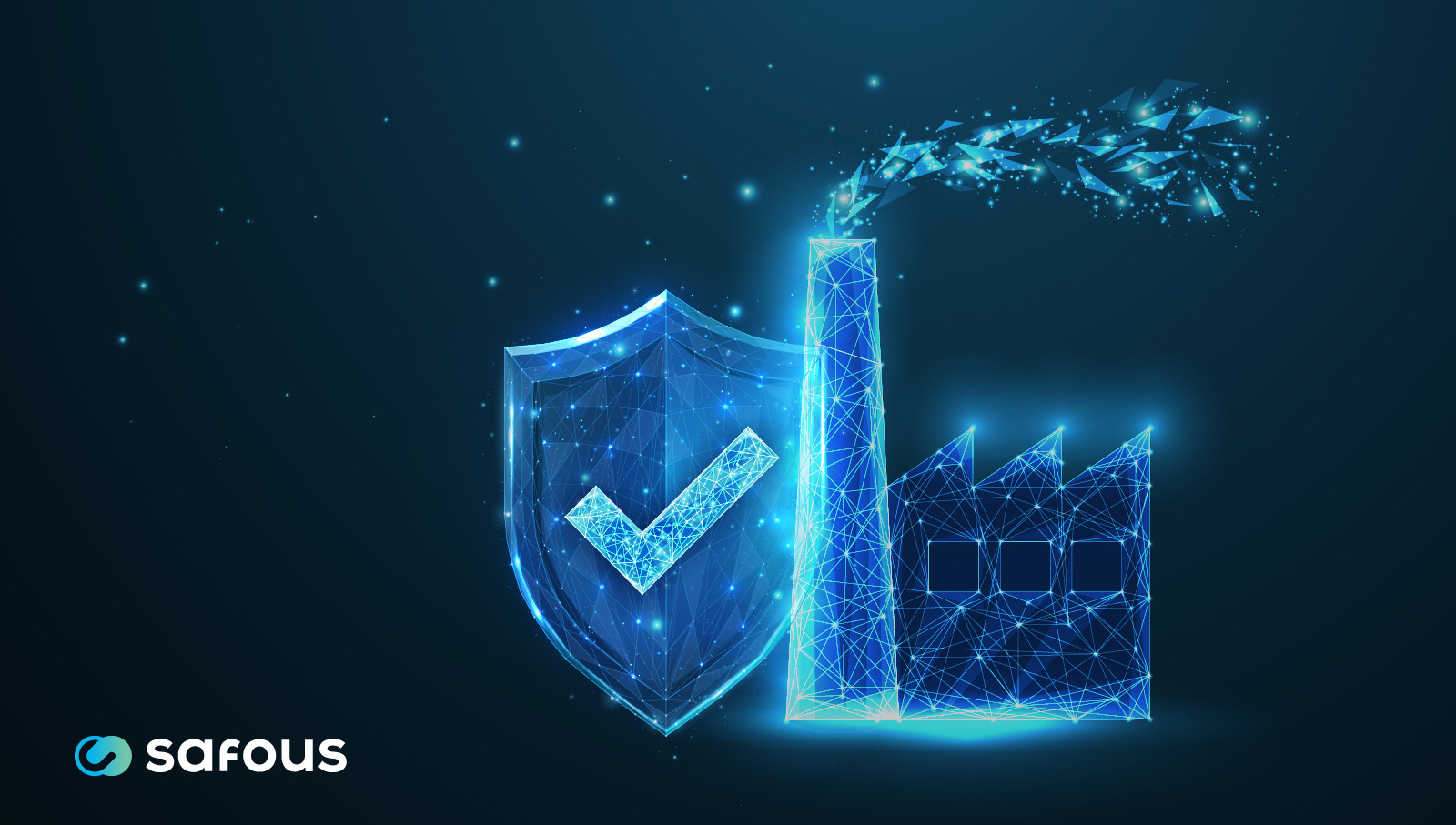With nearly half (45%) of all data breaches occurring in the cloud last year,1 it’s clear that legacy cybersecurity measures are no longer enough to protect corporate networks as the cyber landscape becomes more sophisticated. Luckily, business leaders worldwide are realizing the importance of zero trust security in protecting their assets from advanced threats.
One crucial component of an effective zero trust security model is multi-factor authentication (MFA). In this blog, we’ll explore MFA's role in zero trust – and how MFA can help to protect your critical data.
What Is MFA?
In a zero trust environment, authentication and authorization are critical toward insuring only authorized users and devices can access your resources and network. Authentication is the process of verifying a user or device’s identity, while authorization is the process of granting or denying access based on that user or device’s permissions.
MFA is a security feature requiring users to provide more than one form of authentication before being granted access to network resources. It’s essential in a zero trust environment because it adds an extra layer of security, making it more difficult for cybercriminals to gain unauthorized access. Typically, MFA involves at least two of the following elements:
- A password or PIN
- A mobile phone or hardware token that generates a one-time code
- A biometric component like a fingerprint or facial recognition
- One-time password (OTP), which is a password that’s used only once
- HOTP, or event-based OTP where the moving factor is a code
- TOTP, or time-based OTP where the password expires after a certain window
By requiring multiple authentication factors, MFA helps ensure that only authorized users can access a company’s sensitive resources and data, ultimately protecting against identity theft and data breaches.
Why Is MFA Important for Zero Trust Security?
Traditional security frameworks typically only authenticate with a username and password. However, passwords are easily compromised via brute force attacks or phishing scams, allowing attackers to gain access to sensitive network resources.
MFA adds a layer of network security by requiring users to provide extra authentication factors – such as a verification code sent to their phone or a biometric scan – in addition to their username and password. With MFA, an attacker will still need to meet additional authentication requirements to gain access even if they've managed to steal a user’s password.
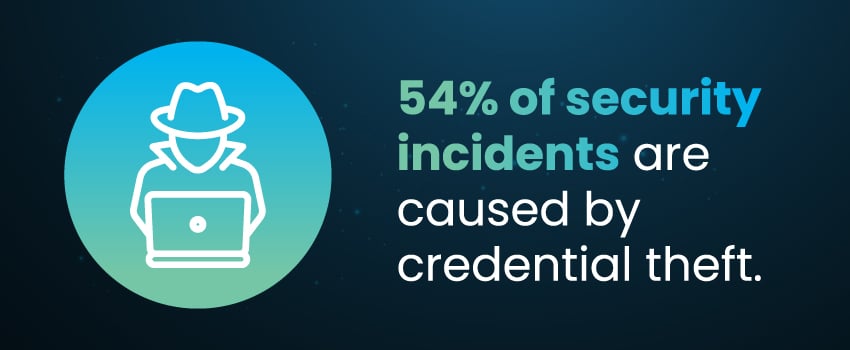
MFA also helps to minimize the threat of stolen or lost credentials. If a user's password is stolen or compromised, an attacker can use it to access the corporate network. But with MFA enabled, the attacker also has to provide the additional authentication factor, making it more difficult to gain unauthorized access. Lateral movement attacks can also be mitigated with MFA since successful authentication often isn’t valid for longer than one session.
Essentially, MFA makes it much more difficult for attackers to access your organization’s resources through compromised credentials. And considering 54% of security incidents are caused by credential theft,2 safeguarding this critical endpoint is a must.
Secure Your Corporate Network With Zero Trust and MFA
Legacy security tools like VPNs can’t keep up with evolving cybersecurity threats as more companies embrace cloud-based applications and hybrid work environments. That’s where Safous ZTA comes in.
Safous ZTA helps to prevent bad actors from entering your business network with integrated security features, including MFA, single sign-on (SSO), and one-time passwords. With Safous ZTA, you can deliver fast, secure access to your critical systems - whether your employees are in-office, remote, or hybrid. Trust Safous ZTA for:
- 24/7 remote monitoring and business support
- Guaranteed regulatory compliance
- High-level authentication and control
- Quick and easy onboarding
Interested in learning more about how zero trust and MFA can protect your business? Contact Safous today to get started with a free demo of our all-in-one ZTA platform.
Sources:
Receive the latest news, events, webcasts and special offers!
Share this
You May Also Like
These Related Stories

Understanding MSPs’ Role in SME Cybersecurity

Cybersecurity Resilience: The Key to Zero Trust Readiness
